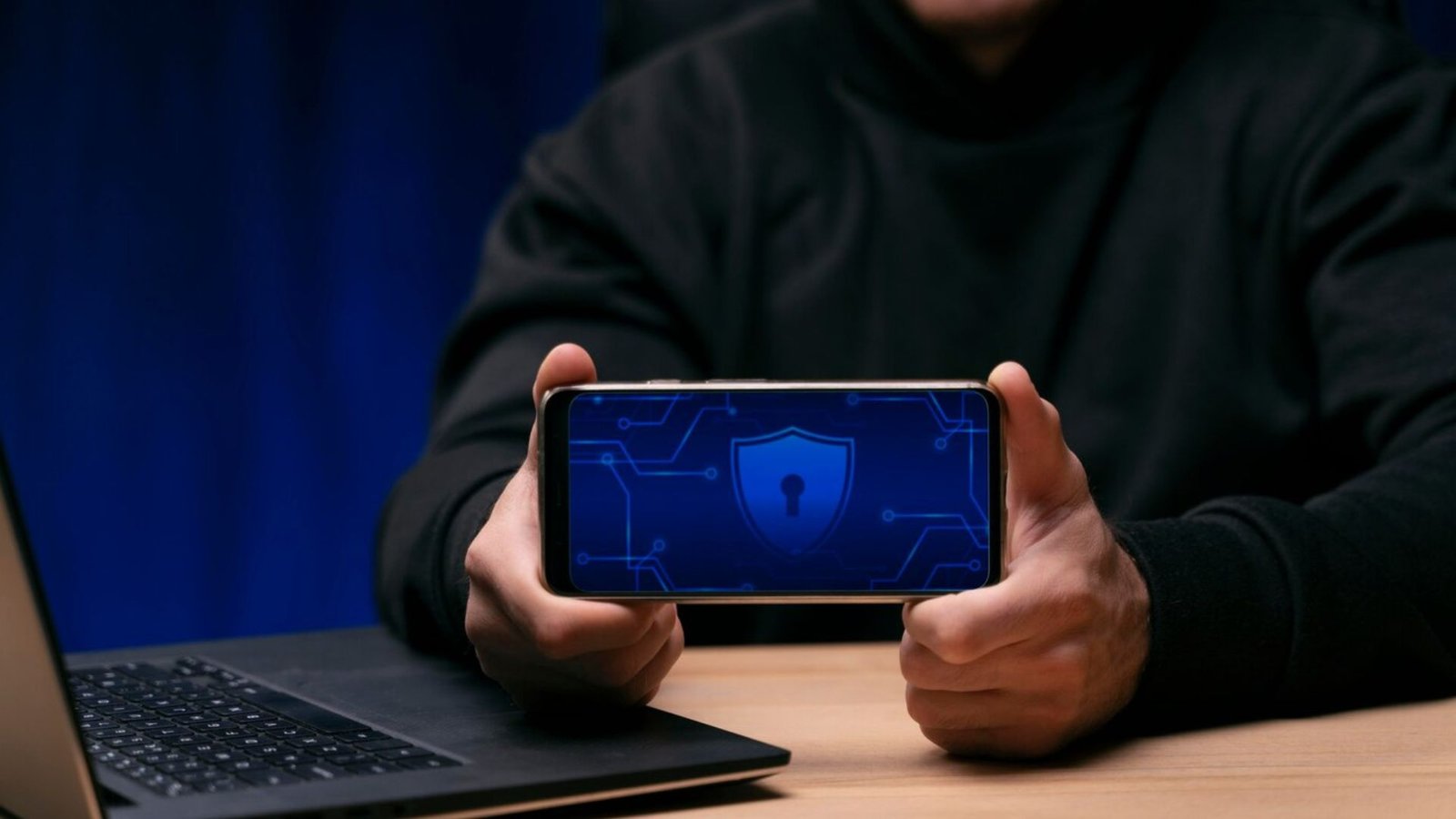A Guide on Devices Vulnerable to Hacking
|
Getting your Trinity Audio player ready...
|
In today’s digitally dominant era, the proliferation of devices vulnerable to hacking is a pervasive challenge. The escalating reliance on smart devices undeniably enhances life’s convenience, yet concurrently exposes individuals to potential vulnerabilities. The relentless advance of technology brings with it a corresponding sophistication in cyber threats, magnifying risks to the security and privacy of personal and professional lives. This comprehensive guide navigates the expansive landscape of these vulnerable devices, illuminating potential risks associated with their use. Moreover, it provides invaluable insights and practical strategies for safeguarding against the evolving spectrum of cyber threats. By shedding light on these risks and offering proactive measures, the guide empowers users to navigate the digital landscape with enhanced awareness, resilience, and confidence in their ability to counter potential cyber threats.

A Comprehensive Guide on Devices Vulnerable to Hacking
The Pervasiveness of Smart Devices
Furthermore, from smartphones and laptops to smart TVs, refrigerators, and thermostats, our surroundings are inundated with smart devices that bring unparalleled convenience and connectivity to our lives. This proliferation of connected devices, commonly known as the Internet of Things (IoT), however, has a significant downside—it widens the attack surface for hackers, creating numerous entry points into our daily lives. As these devices become integral parts of our homes and workplaces, they also become potential targets for cyber threats. It becomes crucial for users to be aware of the security implications associated with the widespread adoption of IoT devices, implementing robust security practices, such as regular updates, strong passwords, and network monitoring, to fortify their digital defences and ensure a safer and more secure connected environment.
Vulnerable Smartphones
More so, smartphones, ubiquitous in modern society, stand out as prime targets for hackers among the array of devices vulnerable to hacking. The sheer volume of sensitive information stored on these devices, ranging from personal messages and photos to critical banking details, renders them highly attractive to cybercriminals. A compromised smartphone can lead to severe consequences, including identity theft and financial loss. Common vulnerabilities associated with smartphones include susceptibility to malware attacks, phishing attempts aimed at exploiting user trust, and the risks posed by unsecured Wi-Fi connections. Additionally, to fortify these devices against potential hacking threats, users must remain vigilant, adopt robust security practices, and stay informed about evolving cybersecurity risks in the dynamic landscape of devices vulnerable to hacking.
Exposed Laptops and Computers
Laptops and computers, integral to our daily lives, stand as perpetual targets for cybercriminals within the expansive realm of devices vulnerable to hacking. Given their role in storing critical work and personal data, these devices become alluring to malicious entities aiming to exploit vulnerabilities in operating systems and software. Notably, threats such as malicious software, ransomware, and phishing attacks loom large, presenting significant risks to the security of stored information. To counter these risks effectively, a proactive approach is paramount. This entails placing emphasis on regular updates for operating systems and software, implementing robust antivirus software, and cultivating cautious browsing habits. Through the adoption of these essential cybersecurity practices, users can fortify their laptops and computers against potential threats, actively contributing to a safer digital environment amidst the ever-expanding landscape of devices vulnerable to hacking.
Smart TVs and IoT Devices
Smart TVs and Internet of Things (IoT) devices, while adding convenience to our homes, can become unintended entry points for hackers. Weak security measures in these devices make them susceptible to unauthorized access. Protecting these devices involves updating firmware, using strong passwords, and regularly checking for security patches.
Vulnerable Wearable Technology
Furthermore, wearable technology, including smartwatches and fitness trackers, is another frontier for potential security breaches. These devices often collect sensitive health and location data. Hackers may exploit vulnerabilities in their connectivity, emphasizing the need for robust security settings and privacy controls.
Connected Cars
The integration of technology in automobiles introduces a new dimension to cybersecurity concerns. With connected cars now equipped with advanced navigation systems and entertainment consoles, the potential susceptibility to hacking poses a significant risk, potentially compromising the safety of passengers. To address this evolving threat landscape, manufacturers must prioritize secure software development. By incorporating robust cybersecurity measures into the design and implementation of in-car systems, manufacturers can enhance the overall safety and security of connected vehicles. Simultaneously, users should remain vigilant about updating their vehicle’s software regularly. This proactive approach ensures that any vulnerabilities or potential exploits are promptly addressed, contributing to a safer driving experience in an era where automotive technology becomes increasingly interconnected with the digital realm.
Smart Home Vulnerabilities
Moreover, smart homes, equipped with devices like smart thermostats, cameras, and doorbell systems, offer increased convenience but also present security challenges. Unsecured Wi-Fi networks, weak passwords, and outdated firmware can expose these devices to hacking attempts. Regularly updating software and using strong, unique passwords are essential precautions.
The Dangers of Insecure Wi-Fi Networks
Additionally, insecure Wi-Fi networks, a prevalent entry point for hackers, expose users to significant cybersecurity risks. The use of unprotected networks, weak encryption, and default router passwords creates prime opportunities for unauthorized access to connected devices. To bolster the security of these networks, users must adopt proactive measures.
Conclusion
In conclusion, as our lives become increasingly intertwined with technology, understanding the landscape of devices vulnerable to hacking becomes imperative. Safeguarding against cyber threats necessitates a proactive approach, integrating security measures into our daily digital practices. To fortify our digital defenses, being well-informed about potential risks associated with devices vulnerable to hacking is paramount. Additionally, adopting best cybersecurity practices, such as regular updates, robust password management, and staying vigilant, becomes crucial. Prioritizing the security of our interconnected devices contributes significantly to maintaining a safer online experience. By staying abreast of the evolving cybersecurity landscape, users can navigate the digital terrain with confidence. This proactive stance ensures resilience against potential threats, creating a fortified digital presence. With these measures in place, individuals can actively contribute to a safer and more secure experience in our interconnected world filled with devices susceptible to hacking.
You might also be interested in:
